Story highlights
Sloths have been known to harbor algae in their coats -- cute, right?
Red pandas can be seen at the Chengdu Panda Base in China
Bee hummingbirds in Cuba weigh less than a U.S. penny
Adorable features can also endanger many animals
Scientists recently discovered the olinguito, an amazingly cute new species of mammal.
Hidden in the forests of Ecuador and Colombia, the furry little critter – the olinguito is related to raccoons – evaded science journals until researchers from the Smithsonian Institution identified it last week.
But while it’s cute, it’s not the cutest animal in the world.
In fact, after our highly unscientific office poll at CNN Travel, we don’t even think it makes the top 20.
According to a New York Times report from 2006 on several studies of cuteness, “cute images stimulate the same pleasure centers of the brain aroused by sex, a good meal or psychoactive drugs like cocaine.”
More: 7 stunning U.S. spots for wildlife
So why splurge on illegal drugs when you can simply click through our gallery?
We haven’t included kittens playing in boxes, dopey dogs or anything else domesticated.
But we do let you know where you can see these creatures for yourself, from torrid jungles and arid deserts to mountains and oceans.
What do you say is the world’s cutest animal? Let us know in the comments section.
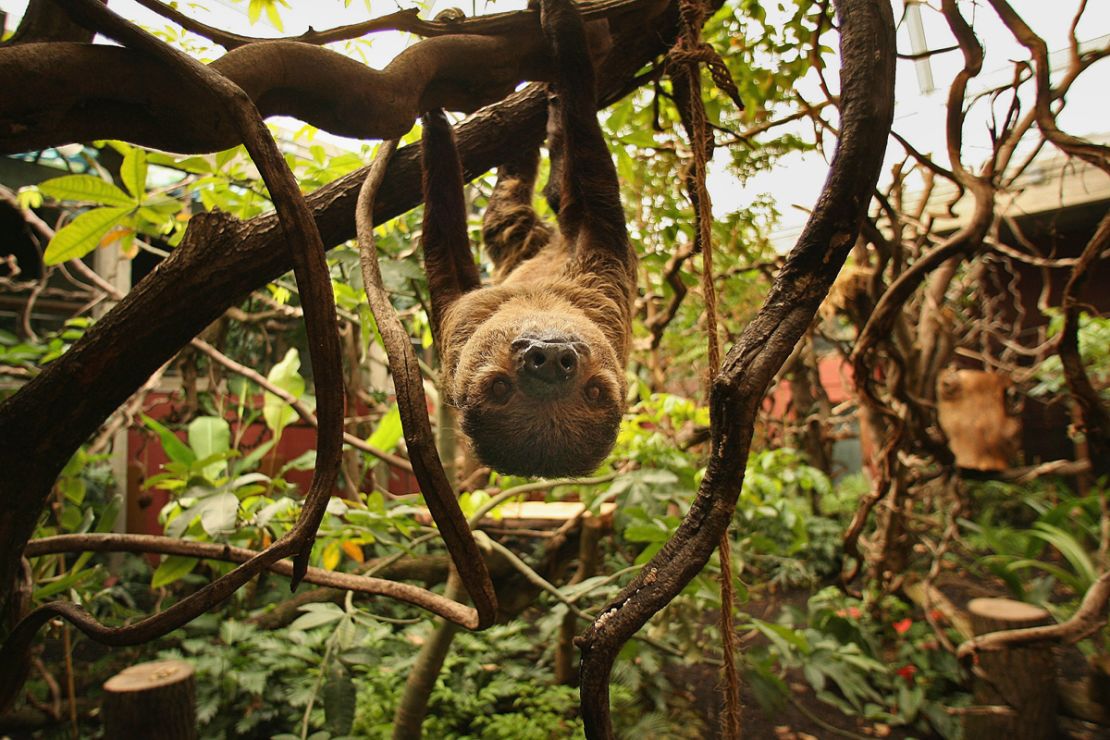
20. Sloth
Sluggish and serene, the sloth, found in the rainforests of South America, happens to have the same name as the Catholic vice.
But sloths aren’t lazy. They’re just really, really slow.
So slow that algae has been known to grow on their coats.
Nevertheless, it’s that relaxed, unhurried attitude that makes them so endearing.
Ancon Expeditions in Panama organizes sloth-searching day trips through Soberania National Park
More: Namibia: Wildlife photographer’s paradise
19. Pygmy hippopotamus
Like its larger cousin, the pygmy hippopotamus has stumpy legs, a blunt snout and extraordinary swimming skills.
Unlike its larger cousin, the pygmy hippopotamus isn’t one of the most dangerous animals in Africa.
Without the threat of being mauled by a jaw full of teeth, it’s easier to recognize that the hippopotamus – when pygmy-sized – can be pretty cute.
The pygmy hippopotamus is an endangered species, as listed by the International Union for Conservation of Nature and Natural Resources (IUCN).
So while you may have seen pygmy hippos paddling away happily in zoos, they’re a lot harder to spot in the wild.
The best bet to see a pygmy hippo may be somewhere in Sierra Leone (the country withreputedly with the largest pygmy hippo population in the wild), such as Tiwai Island Wildlife Sanctuary
18. Slow loris
With an unnervingly wide-eyed stare, the slow loris hails from the tropical jungles of Southeast Asia and is notable for its plush but strong limbs.
Slow lorises can hang by their feet for hours at a time – and often do.
Despite its huggable appearance, this animal is venomous.
The venom comes from a gland in the elbow and, like a party trick invented by Dracula, is ejected through the teeth.
This venom, however, isn’t enough to save the slow loris from the dangers of the pet trade; it’s listed as endangered on the IUCN Red List.
There are five distinct species of slow loris, including the Bornean slow loris, which can be found on the island of Borneo and spotted with the help ofBorneo Eco Tours
More: How to take great wildlife photos
17. Chameleon
Maybe bulging eyes, slightly down-turned mouth, curly, prehensile tail and extremely long tongue, the chameleon is one of the more appealing reptiles.
As remarkable as its color-changing mood swings is the peculiar way chameleons move in a rocking motion.
Not the most efficient way of transportation, but definitely attention-grabbing.
About half the world’s chameleons can be found in Madagascar. Terra Incognita Ecotours runs 15-day trips for $5,599 per person
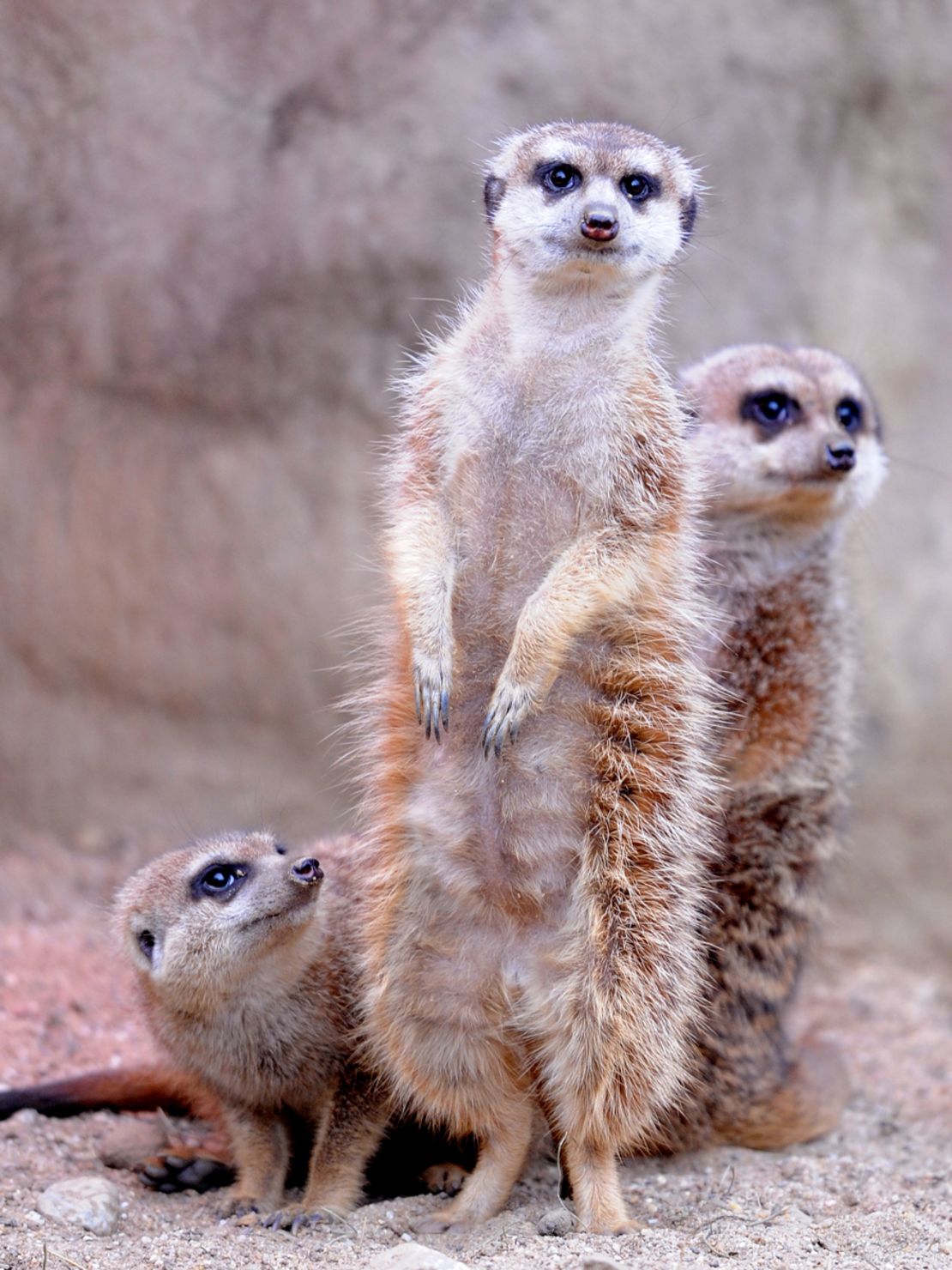
16. Meerkat
Meerkats are a type of mongoose that live in the deserts from the Kalahari of Bostwana to the Namib of Namibia, South Africa and parts of Angola.
With meerkats it’s not so much their faces, which, while far from ugly, are really no different from those of the common dwarf mongoose.
It’s the way they stand, the human-like upright pose with paws gathered demurely at the front.
Self-described “safari specialists” Somak Holidays runs meerkat expeditions called Meerkat Madness that cover the Kalahari and Namib deserts.
Meerkat Adventures specializes in short treks to meerkat grounds for 550 rand ($70).
15. Koala
Koalas aren’t as sweet as they look.
Koala experts say the creatures’ behavior most often varies between mildly cranky to downright bad-tempered.
The koala’s enduring popularity indicates that, as in our love lives, good looks can blind us to severe personality flaws.
At the Lone Pine Koala Sanctuary in Brisbane, Australia, guests can pet koalas – hopefully one of the better-tempered ones.
For the best chance of glimpsing a koala in the wild, you need only to book a trip to Australia’s Otway Coast, where koalas can be found chilling by the Grey River, Kennett River, Wye River and Wongarra.
More: Wild Wellington: Best city for wildlife lovers?
14. Penguin
From “Mr. Popper’s Penguins” to “Happy Feet,” the squat, aquatic birds with their sleek, debonair coats have a secure position in pop culture.
There are 17 species of penguins in the world. Most are some version of black and white, none can fly and all are excellent swimmers.
What’s more surprising is that penguins are also excellent runners.
Six of the 17 species live in Antarctica, so the most enjoyable way to call on these birds is through a cruise in the region.
Compagnie du Ponant hosts cruises that depart from the southernmost tip of Argentina to Antarctica. Cruises start at about $10,000 and last for 10 days.
A team of on-board naturalists help identify gentoo, Adélie, king and emperor penguins.
13. Red panda
Red pandas share little in terms of appearance with their monochromatic cousins, the great pandas.
With a bushy, ringed tail like a raccoon, pointed ears and reddish-brown coloring like a fox and short legs, these arboreal balls of fluff have always been difficult to classify.
The red panda sleeps with its tail wrapped around its body, and is identifiable by russet fur with white patches on the snout, “eyebrows,” cheeks and ears.
There are few of these adorable animals in the wild and their shyness makes them hard to find.
To see a red panda contact one of several conservation and research centers for pandas in China, such as Chengdu Panda Base. The research center also has enclosures for great pandas, golden monkeys and South China tiger.
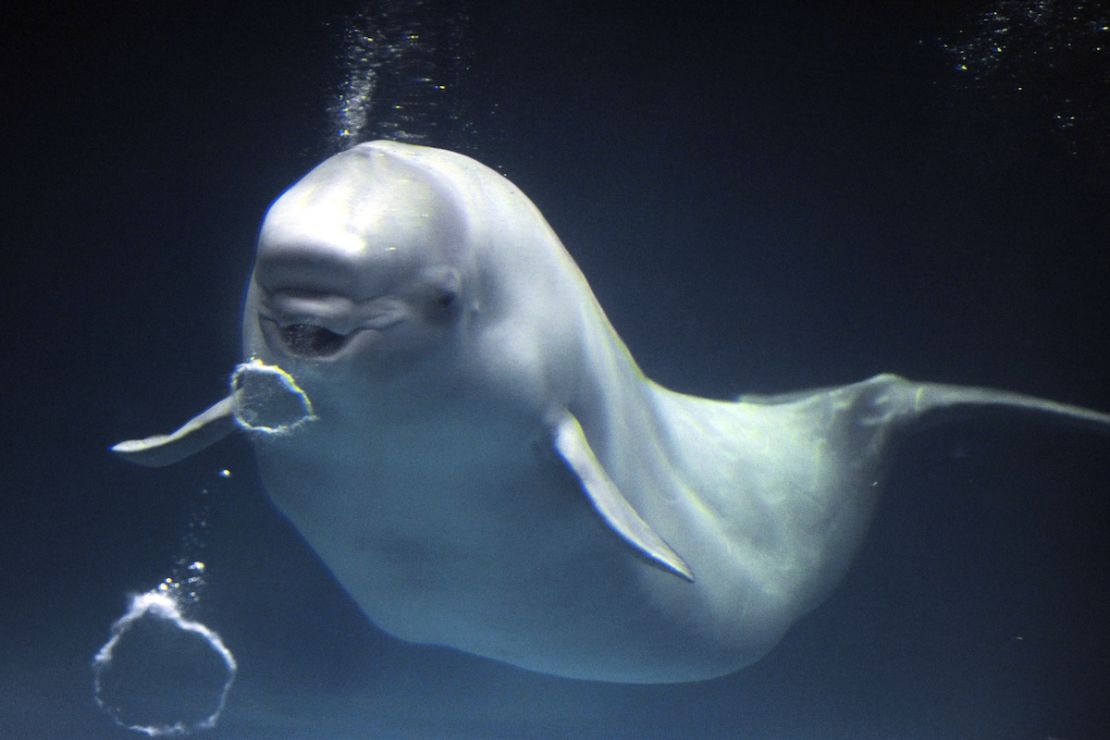
12. Beluga whale
About four meters long, the white, baby-faced beluga whale, which makes its home in the colder seas of the Arctic and sub-Arctic, is about one-fifth the size of a blue whale.
With its relatively small size, benign facial structure and lump on the forehead (called a melon), the beluga whale is undeniably adorable.
While beluga whales in captivity and can chirp on command and blow bubbles, those who’d rather see this animal in the wild can contact Sea North Tours, based in Churchill, Manitoba, Canada, which operates a Beluga and Fort Tour
Churchill is also known for its Polar Bear Jail, where bears who’ve wandered too far into town are incarcerated for their own safety
11. Clown fish
Sure, real clown fish can’t talk or pop open their eyes for that comic Pixar effect, but they can do cooler things, such as switch genders.
Clown fish can be found with their aquatic buddies, the sea anemones.
The sea anemone’s poison – which doesn’t affect the clown fish – protects the clown fish from predators and the clown fish pays for the protection by eating the anemone’s leftovers and keeping the house clean.
Apo Island in the Philippines has a Marine Sanctuary with a clown fish city, with hundreds of clown fish milling about in bright orange schools.
More: 9 most spectacular wildlife migrations
10. Chinchilla
An indigenous South American rodent, the chinchilla offers another example of how dangerous it can be to be cuddly.
The chinchilla was hunted almost to extinction in the 19th century for its plush pelts.
According to Harold Meadow’s “The Chinchilla,” as quoted on Save the Wild Chinchilla, while humans have one hair per follicle, the chinchilla has 50.
Seeing a chinchilla in the wild is difficult. They’re few in number and live at altitudes that spell out death for most of us valley-dwelling humans.
The closest you might be able to get is to visit Las Chinchillas National Reserve, a chinchilla sanctuary in Chile run by the Chilean National Forest Corporation (CONAF)(Spanish). Let’s Go Chile, a Chilean tourist company, has a guide on its website.
For chinchillas in the wild, you can try the mountains outside the Chinchillas National Reserve (Reserva Nacional Las Chinchillas).
9. Roe deer
The roe deer is chestnut-brown, roughly the size of a goat and native to England.
According to the British Deer Society, it’s not difficult to spot roe deer on a walk in the woods.
“If you were to walk very quietly through any reasonable size wood for an hour immediately following first light you would probably see wild deer of one species or another,” says its website.
Wildwood, a park in Kent, England, is home to several species of deer, including the roe deer. Entry is £9.95 ($15)
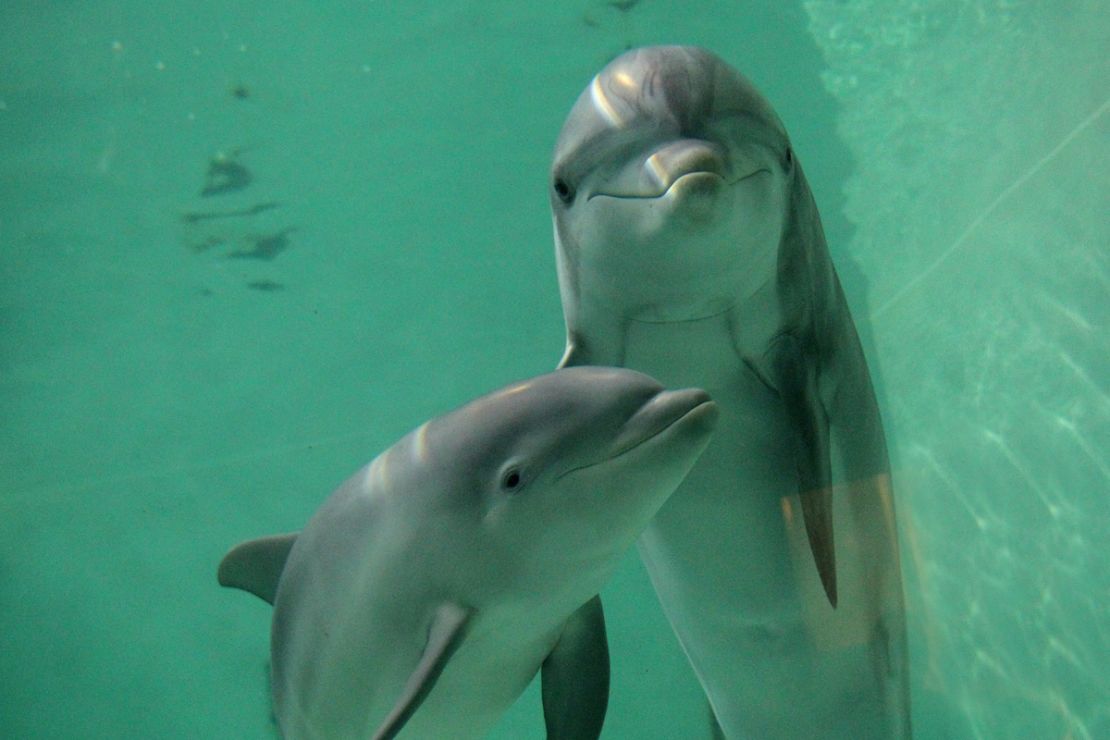
8. Bottlenose dolphin
In captivity, bottlenose dolphins are praised for their intelligence and therapeutic qualities – swimming with dolphins is supposedly good for one’s mental health.
In the wild dolphins can get aggressive and form gangs.
It doesn’t really seem to matter for most people – dolphins are still adorable.
Australia has Dolphin Wild Moreton Island Cruises, but bottlenose dolphins can be found in most warm or tropical oceans around the world
7. Alpaca
Domesticated for thousands of years, the alpaca is valued for its gloriously fleecy hair, which is used to make sweaters.
The fleecy hair also gives them a woolly, squeezable appearance.
Alpacas are cute despite the fact that they can be quite testy.
You can mingle with alpaca at any of the numerous alpaca farms in Peru, such as Mallkini, a farm with the tagline “Alpaca Ranch and Adventure.”
Machu Picchu is another great place for alpaca sightings; as a protected Incan ruin, alpacas frolic without fear of being shorn – which decreases their cuteness considerably.
6. Bee hummingbird
The bee hummingbird from Cuba, the smallest bird in the world, isn’t only tiny – it weighs less than a U.S. penny – it’s fast, beating its wings up to 80 times a second.
No larger than a bee, it also acts like one, helping plants reproduce by transferring pollen as it flits from flower to flower sipping nectar. And it flits to a lot of flowers, eating every 10 minutes.
Authentic Cuba Tours runs a birdwatching tour starting at $1,949
5. Sea otter
Sea otters are as clever as they are cuddly.
They use rocks as tools to crack open clams and mussels for food and sleep floating face-up on the surface of the water with tangled kelp anchoring them in place.
It’s really the “rafting” that wins you over.
Sea otters are sociable and float together in groups of up to 100, frequently clasping paws so that they don’t drift away from each other.
At the Sea Otter Beach Front Eco Tours Resort in Port Alice, British Columbia, visitors are taken on day tours to see area wildlife, including sea otters. Prices start at $500 per person, per night.
More: Safari pioneer Geoffrey Kent’s incredible African odyssey
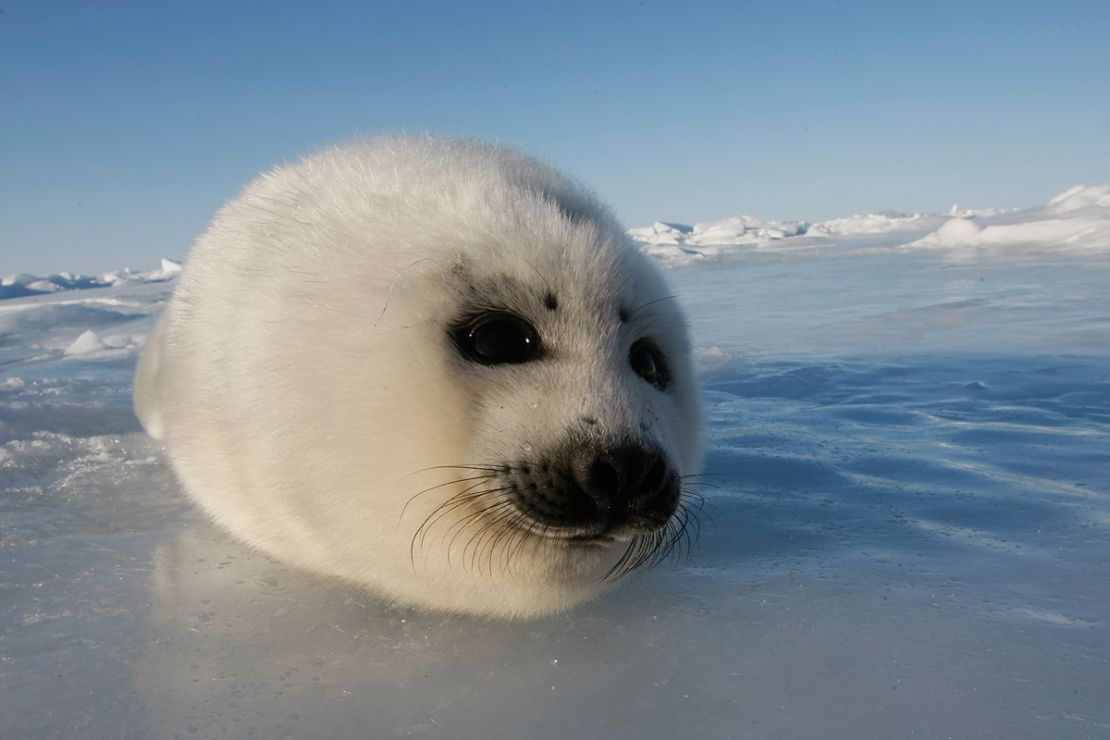
4. Harp seal
It’s no coincidence that many animals on this list happen to be threatened, vulnerable or endangered species.
Sometimes part of what makes an animal cute – a wealth of fluff, for example – is what makes it appealing to commercial enterprises, such as the captive pet industry or fur industry.
Harp seal babies are covered in a downy, snowy white fur and have been traditional targets for the fur industry, valued for their fluffy white pelts.
While the import of products made from these “whitecoat” pelts was banned in Europe in 1983, and commercial whitecoat hunting was banned in Canada in 1987, hundreds of thousands of seals are killed each year regardless.
Ecotour company Natural Habitat Adventures offers harp seal expeditions to the Magdalen Islands, off the coast of Quebec, starting at $4,995
3. Giant panda
The black and white coloring, fat butt and contemplative way they chew their bamboo: one might never stop listing the qualities that make the giant panda so charming.
The panda’s inefficient dining habits – although it has the digestive system of a carnivore it eats like a herbivore, consuming up to 38 kilos of bamboo in a single day – make them extremely dependent on their habitat to survive.
According to the World Wide Fund for Nature (whose logo is a stylized panda) there are only about 1,600 pandas left in the wild.
Though sightings aren’t guaranteed, Terra Incognita Ecotours runs a 12-day escorted panda expedition for $5,999
2. Philippine tarsier
As the smallest primate in the world, the arboreal, nocturnal Philippine tarsier has all the basic qualities of cute: enormous eyes set in a tiny body no bigger than a human fist and tiny knobbly paws with which it grasps onto tree branches.
Tarsiers are notoriously unhappy in captivity.
According to the Philippine Tarsier Foundation, each tarsier needs at least a hectare of space, and captive tarsiers have been known to commit suicide by bashing in their own skulls.
While that isn’t exactly cute, it does make it fairly obvious that the only chance you’ll ethically be able to see a tarsier is in the wild.
The Philippine Tarsier Foundation runs the Philippine Tarsier and Wildlife Sanctuary in the forest of Corella, Bohol, where tarsiers roam freely.
More: 15 trips for animal lovers
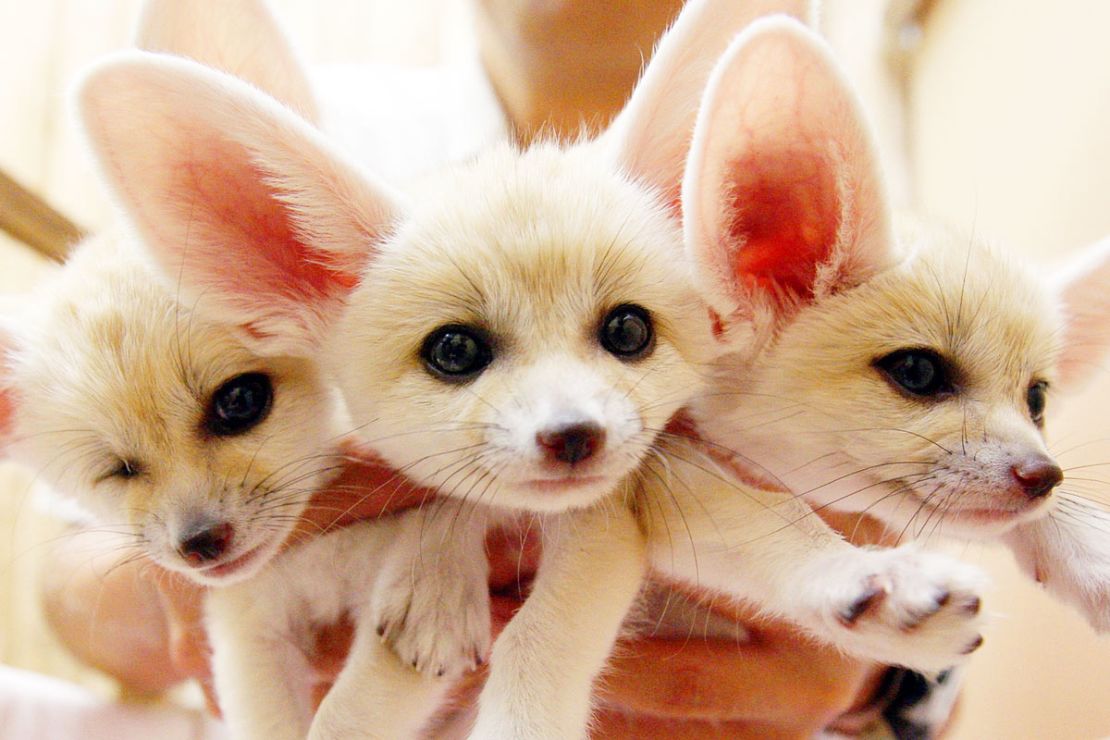
1. Fennec fox
The fennec fox is a sandy nocturnal desert fox, immortalized in Antoine de Saint-Exupéry’s “The Little Prince” as the fox who wanted to be tamed.
As the smallest of the foxes (smaller than the domestic cat), with oversized ears like pumpkin leaves and tiny pointed faces, the fennec fox looks adorably, temptingly tamable.
Consequently, commercial trapping is the greatest threat to the fennec fox; it’s highly sought after in the captive pet trade and often captured and put on display for tourists visiting the area.
For those who’d rather observe this cuddly creature in the wild, there are still fennec foxes in the Sahara and other dry, sandy areas of North Africa, anywhere from Morocco to Egypt.
According to Abdo Shawky of Memphis Tours, an Egypt-based tour company, it’s possible to spot fennec foxes on certain tours.
“We have some places like the Western desert. You might see the fox in the natural habitat,” says Shawky. “But they always run and hide.”
Memphis Tours operates two-day tours to see fennec foxes. Tours start and end in Cairo.
What’s the world’s cutest animal? Let us know in the comments section.
Originally published May 2012; updated August 2013.






















